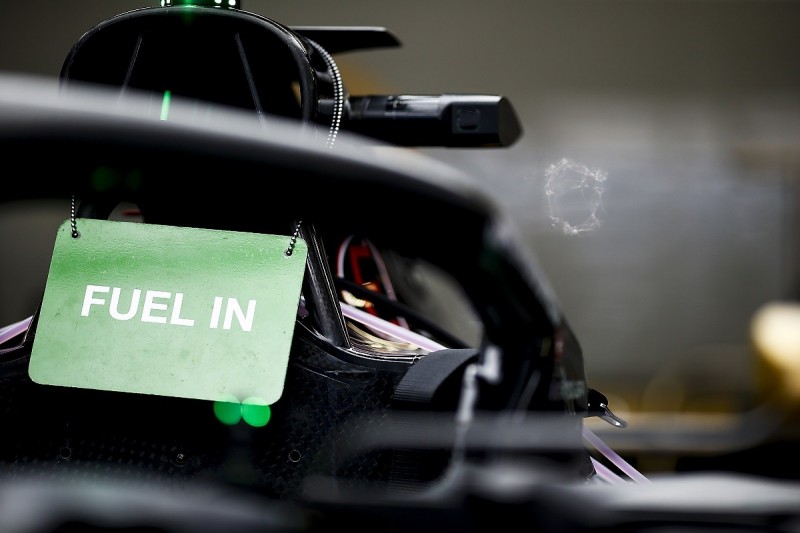
100% SUSTAINABLE FUEL FOR FORMULA 1
Context
Formula 1 sport’s governing body, the Fédération Internationale de l’Automobile (FIA) announced its intent to make F1 carbon neutral by 2030 and to have sustainable races by 2025.
MORE ABOUT NEWS
CURRENT CARBON FOOTPRINT OF FORMULA 1’S
An audit conducted by the FIA found that F1’s driving activities produce approximately 256,000 tonnes of carbon dioxide per year, which is the equivalent to powering roughly 30,000 houses in the UK over the same time period.
The main issue is not the cars themselves, which accounted for only 0.7 per cent of the sport’s emissions in 2019, but the logistics of transporting teams and equipment across the globe.
The FIA announced that it had developed a 100% sustainable fuel and that engine manufacturers were already in the process of testing it, intending to start using it by 2026.
A 100 per cent sustainable fuel essentially represent the third generation and most advanced iteration of biofuels, which typically are made from by-products of industrial or agricultural waste.
F1 cars already use biofuels but current regulations only mandate that the fuel include 5.75% of bio-components.
In 2022 that number will increase to 10% and by 2025, when new power units are proposed to enter the competition, the FIA hopes to transition completely to 100% advanced sustainable fuels.
BASICS OF BIOFUELS
Biofuels are liquid or gaseous fuels primarily produced from biomass, and can be used to replace or can be used in addition to diesel, petrol or other fossil fuels for transport, stationary, portable and other applications.
Crops used to make biofuels are generally either high in sugar (such as sugarcane, sugarbeet, and sweet sorghum), starch (such as maize and tapioca) or oils (such as soybean, rapeseed, coconut, sunflower).
Biofuels are generally classified into three categories. They are o First generation biofuels – First-generation biofuels are made from sugar, starch, vegetable oil, or animal fats using conventional technology. Common first-generation biofuels include Bio-alcohols, Biodiesel, Vegetable oil, Bioethers, Biogas.
o Second generation biofuels – These are produced from non-food crops, such as cellulosic biofuels and waste biomass (stalks of wheat and corn, and wood). Examples include advanced biofuels like bio-hydrogen, biomethanol.
o Third generation biofuels – These are produced from micro-organisms like algae.
BIODIESEL
Bio-diesel is an eco-friendly, alternative diesel fuel prepared from domestic renewable resources ie. vegetable oils (edible or non- edible oil) and animal fats.
These natural oils and fats are primarily made up of triglycerides. These triglycerides when reacted chemically with lower alcohols in presence of a catalyst result in fatty acid esters.
These esters show striking similarity to petroleum derived diesel and are called “Biodiesel”.
As India is deficient in edible oils, non-edible oil may be material of choice for producing biodiesel.
Examples are Jatropha curcas, Pongamia, Karanja, etc.
